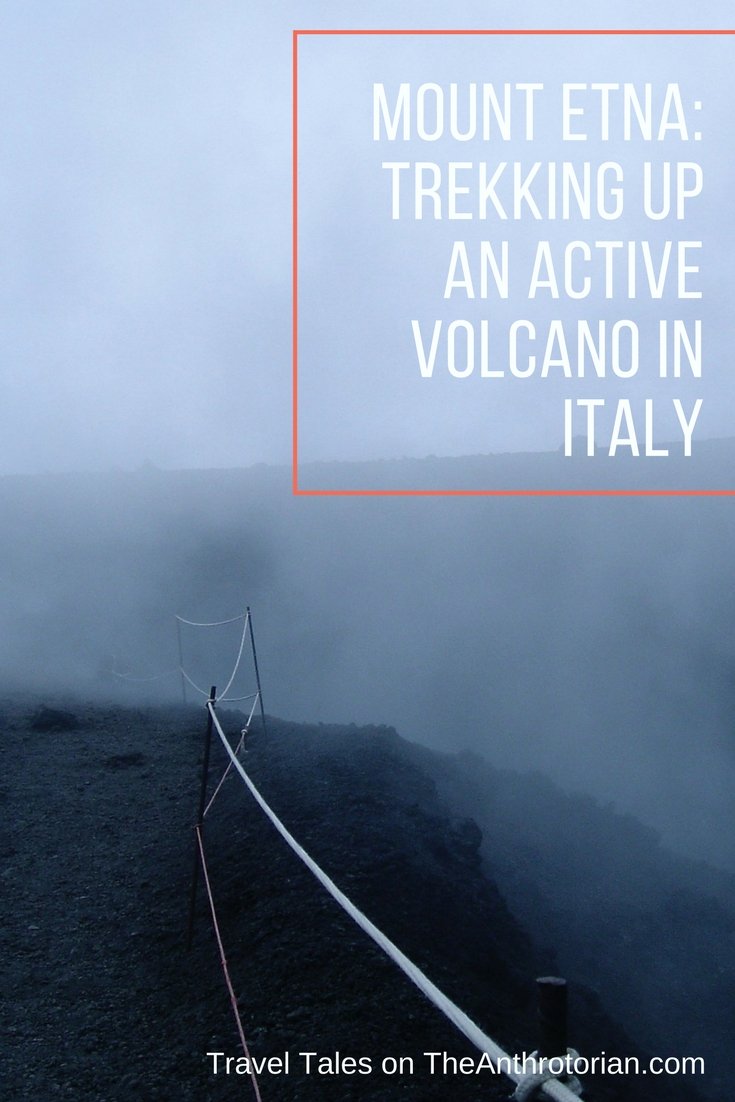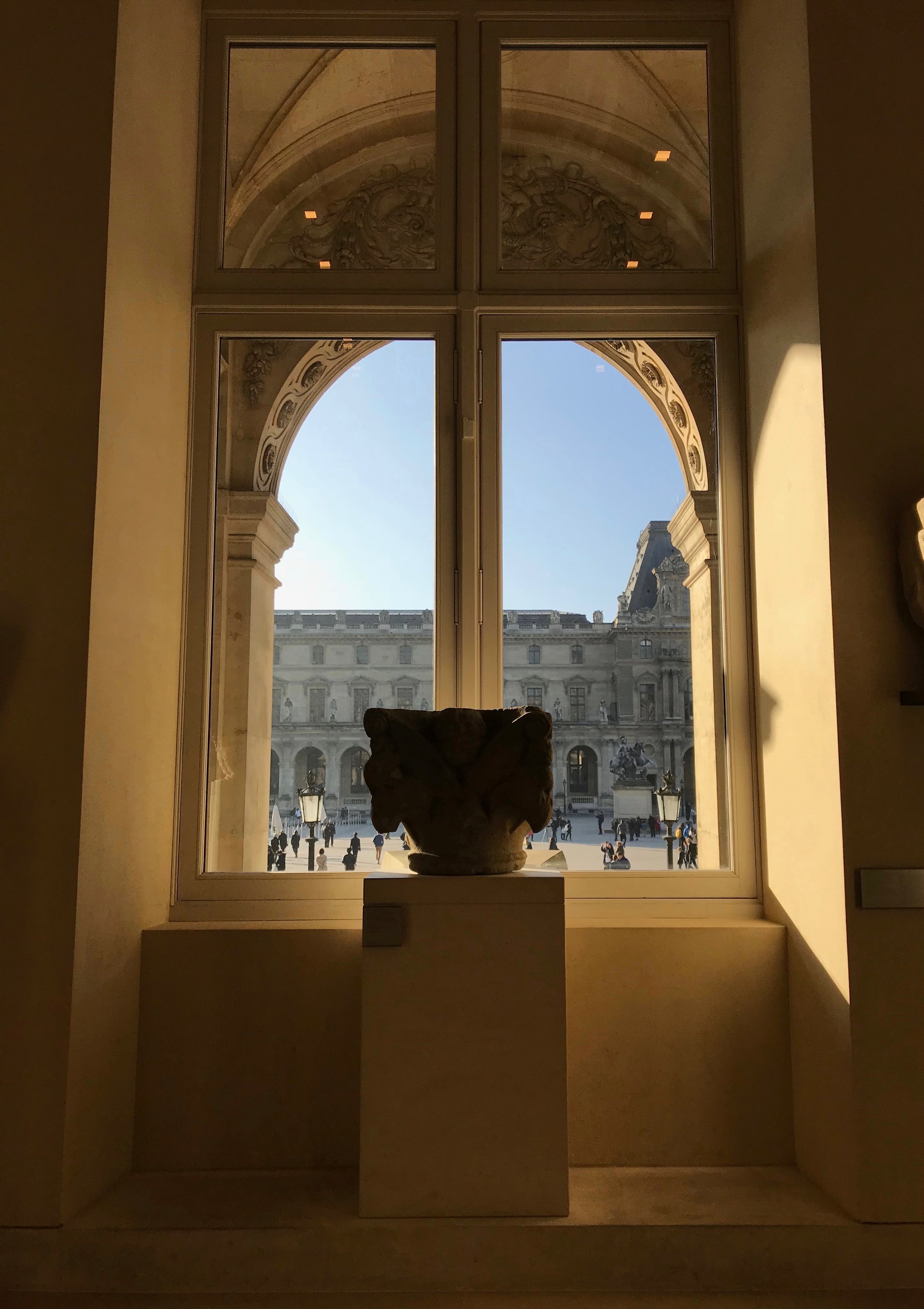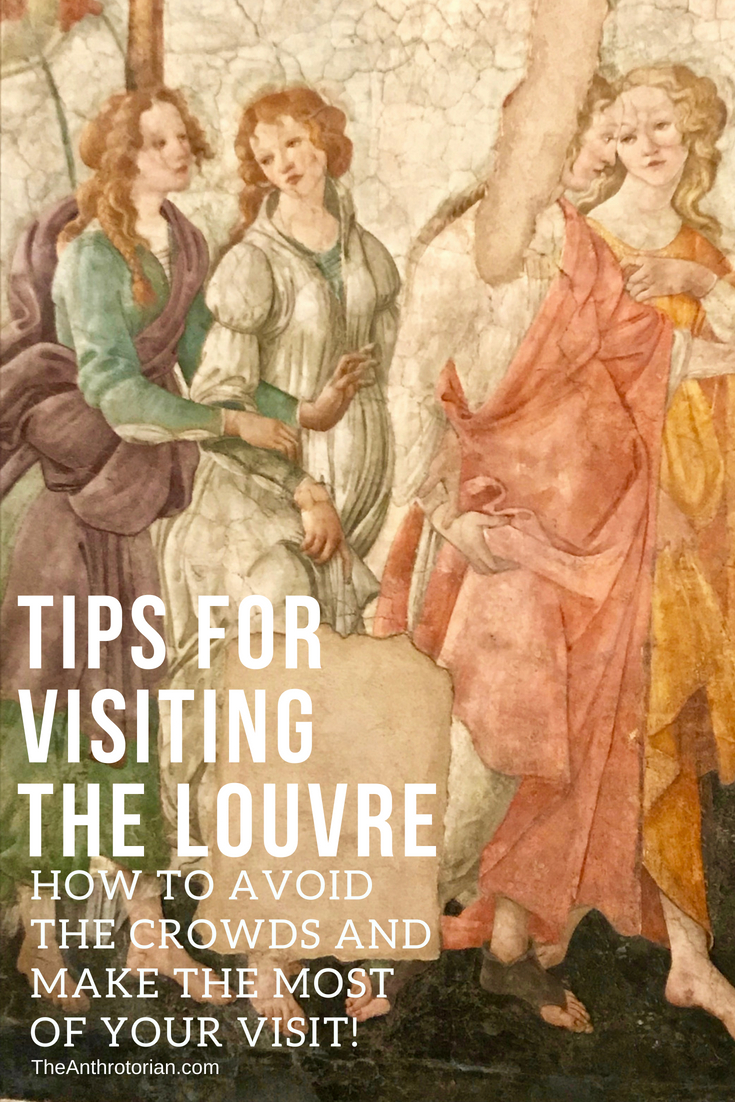"Europe? I would go, but the flight is way too long."
"Don't take the train! It will take you forever. You're better off flying or not going at all!"
"Oh, don't go to that city! It's 3 hours away! Go to the one that is only 30 minutes down the road."
Sound familiar?
If you find yourself still wanting to travel long distances despite comments like these, then you have a kindred spirit in me! I can't tell you the number of times that I hear lamentations from people claiming that they would travel more, but can't stand airports, delays, long drives etc.
But, to me, the travelling part of travelling is often when the magic happens.
Let me explain.
Life is busy, really busy. I rarely give myself permission to sit still, but on a long flight, drive, or travel delay, I am forced to be in one place with nowhere to go, no deadlines, no frantic need to find something to do. My only job is anticipating the next adventure, flipping through a magazine, watching a movie, and sipping on an overpriced (or free if you are on an international flight!) beer.
It's time when I can let my mind wander to places that it has been kept from because of work. I can write about what I want to, and read what I want to.
Even better, once on your plane, bus, or train, everything is out of your hands. You don't have to navigate, drive, worry about getting there on time. If the flight is delayed, the airline has to deal with it. (Ya, delays suck, but really, they aren't the end of the world!). Your only job is to sit back, relax, and let someone else take care of you. How nice does that sound!?
Meeting fellow travellers also adds to the adventure. You never know who is going to sit beside you — trust me, I have met some incredibly interesting people on planes, buses, and at the airport bar!
The travelling part of travelling is also a really great opportunity to see the world around you!
Flights give you an incredible bird's-eye view of the places that you leaving and are going to. I will never forget when I flew over the Atlantic on a clear night and saw the lights from boats underneath us for most of the flight. Incredible.
Long train rides take you through mountains, cities, and landscapes that most roads don't go near, while buses give you a chance to see cities and countryside that you would never see if you stayed in one place.
I'm not going to tell you that a day filled with 9-hour flight, a 3-hour layover, a second 4-hour flight, and then a 2-hour bus ride isn't a long day. But instead of thinking of it as a means to an end or a hinderance to travel, try looking at it as part of the adventure, and maybe you might start to like the travelling part of travelling too!






















